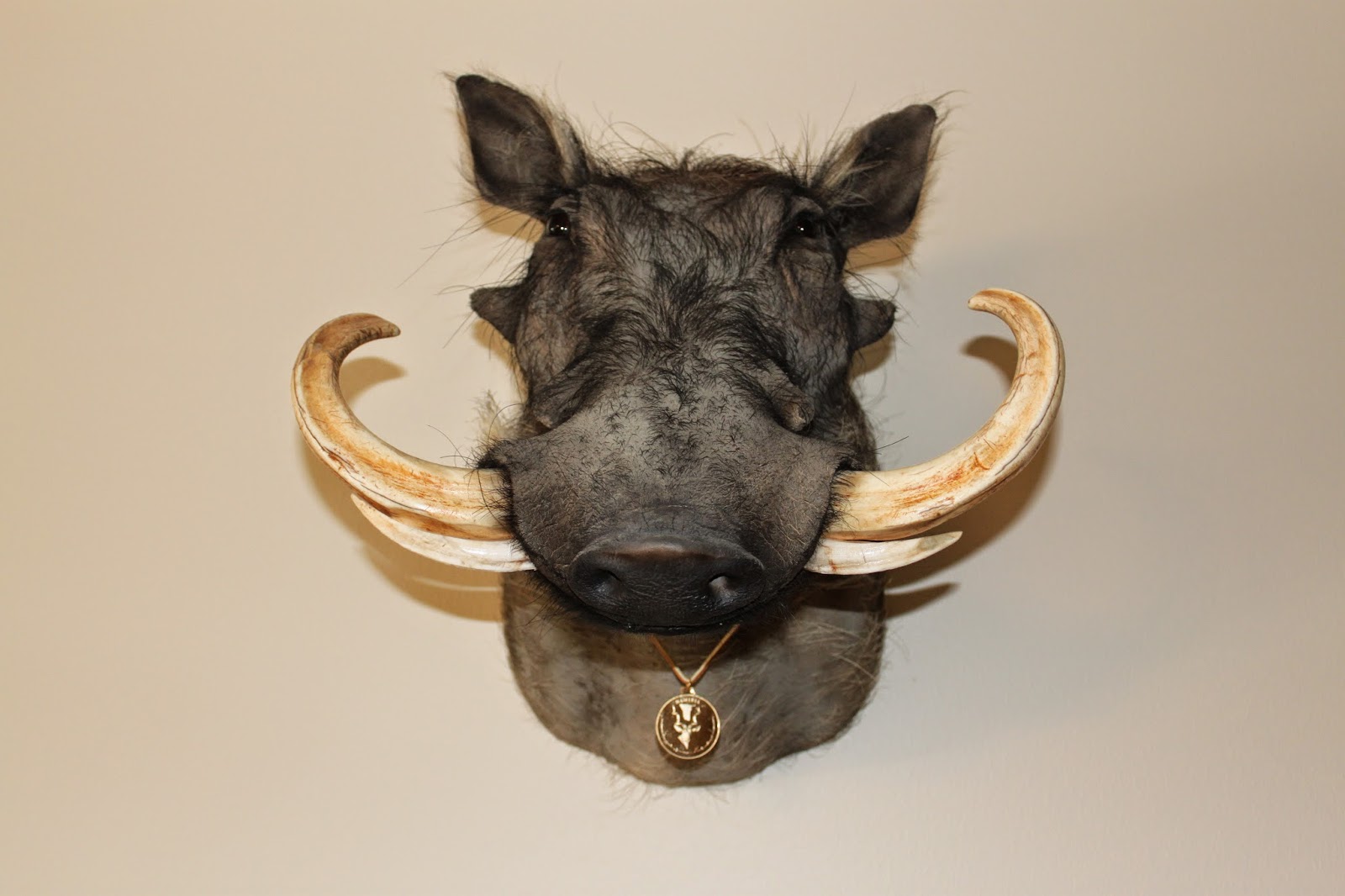This is Les Stone. He is a local veterinarian and an avid hunter. In 2007 he went on an African Safari. He was kind enough to sit down with me and answer some questions about his experience.
What part of Africa were you hunting in?
Namibia. It's on the western coast of Africa.
What was the daily routine like?
Our guides took very good care us. They picked us up from the airport, escorted us around. They cooked fantastic, native meals for us. All the hunters and guides would have breakfast together before heading out for the day. They drove us around in a Toyota Land Cruiser. The ranch we hunted on had beautiful accommodations for their guests (hunters). We had a big bedroom with a fridge, a microwave and a huge, open bathroom. When we came in from hunting, we would throw our dirty clothes in a basket. The next afternoon our clothes would be clean and folded laying nicely on our beds. There was a watering hole where the animals would come to drink. They had built a wall with stadium seating behind it where at night we could sit and watch the wildlife.
Can you shoot any animal you see or are there restrictions?
You can shoot about any type of animal you see, zebra, springbok, wart hog, ect. Each type of animal will have a separate price for that specific tag.
 |
| The tag for this Kudu was $600 |
The money made from each tag goes to maintaining the park and the animals in it. Without the hunters there wouldn't be any animals in the park. This money helps with animal conversations and hunting regulations keeping things in balance and well cared for. The guides will help you find the biggest and best animals. I was hunting a Blessbuck when the guide pointed out this guy to me.
I responded by saying his antlers weren't symmetrical. The guide said the big ones rarely are. We wouldn't want to shoot something too small now.
What is the medallion hanging around their necks?
There is a bronze, silver and gold record system for the animals hunted. This Blessbuck is a gold.
Did you get to eat the meat?
The meat from our animals was cut up and placed in large coolers to be processed and prepared. The meal then goes to local villages and markets. We did get to eat a big variety of the local animals while we were there. The food was great.
 |
| Oryx, male and female |
How did you get the furs and antlers home?
Your outfitter gets the skulls, horns and hides to a certified taxidermist. The taxidermist then packs and ships the animals to your point-of-entry. For the U.S we had ours come into San Franscico. Then a broker picks everything up and gets it all through customs and to a tannery. From the tannery they came to our taxidermist.
 |
| Warthog |
How much did the trip cost overall?
I think we had $20,000 into it. I think that covered everything except the taxidermy.
 |
| From left to right: Red hartebeest, Kudu, Black Wildebeest |
What is the most prized African Safari animal one can hunt?
Beauty is in the eye of the beholder. What is most prized to you? An elephant, lion, leopard, cape buffalo.
I would like to go again for a cape buffalo. They are very dangerous game and the most affordable.
Thank you Dr. Stone for the interview and good luck with your cape buffalo.





No comments:
Post a Comment